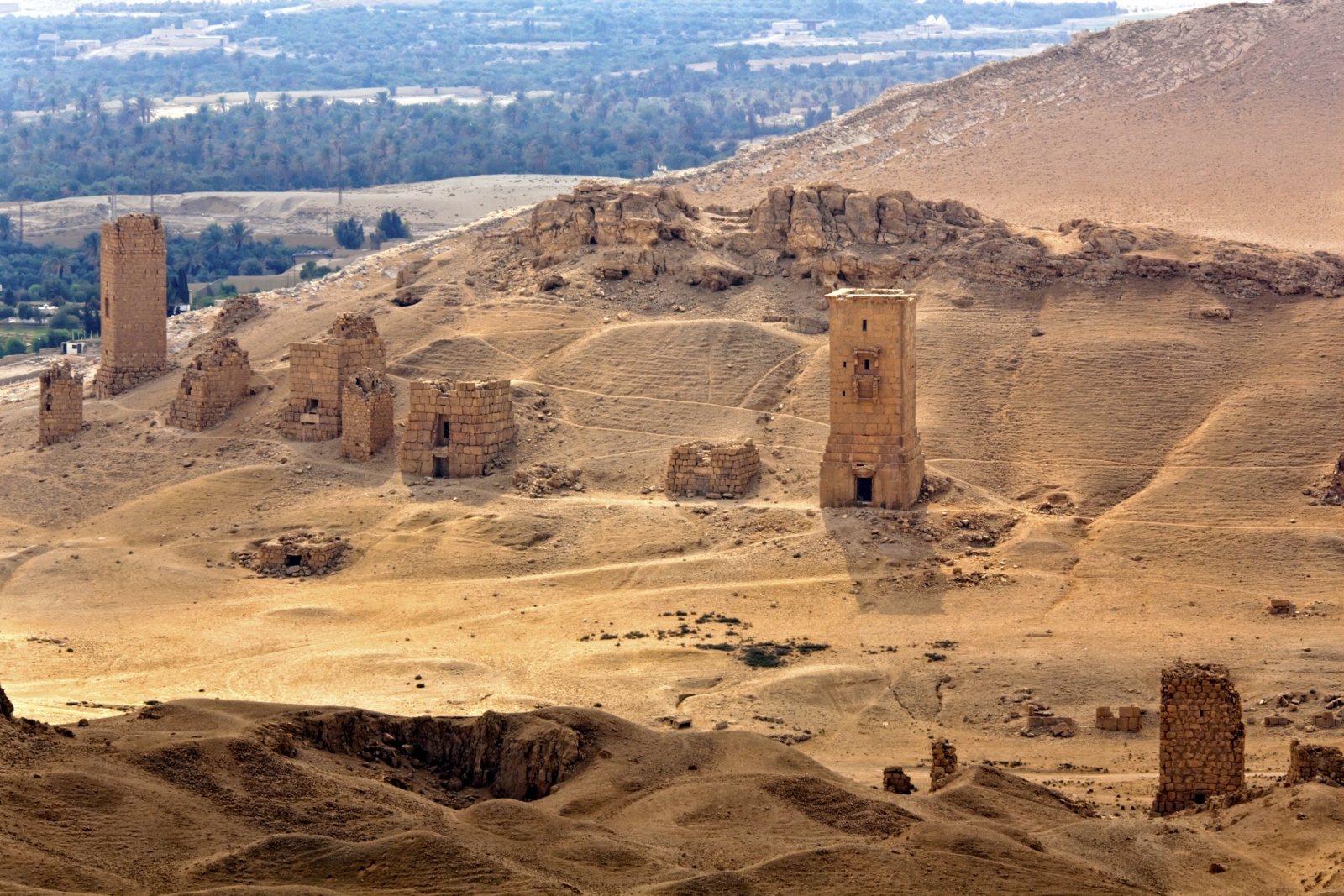Isis blows up Palmyra's 'fantastic' tower tombs



Islamic State militants brought further devastation to the Unesco world heritage site of Palmyra in Syria, blowing up several ancient tower tombs, the country's head of antiquities said.
Maamoun Abdulkarim confirmed to IBTimes UK that three funerary towers dating back to the first and second century AD were destroyed in an explosion earlier this week.
The lost monuments include the well-preserved Iamblichus Tower built in 83 AD and the four-storey Elahbel tomb, erected in 103 AD.
"It was an excellent construction with many fantastic decorations," Abdulkarim told IBTimes UK. He said no images of the incident were immediately available but the destruction was confirmed by numerous local sources.
If confirmed, the towers will be the latest in a series of monuments recently flattened by IS, as the group steps up its violent iconoclastic efforts, since seizing the city from government troops in May.
"They needed a few months to control and terrorise the people; then after applying sharia they started the destruction," Abdulkarim said.
In the past few weeks satellite images confirmed the 2,000-year-old Temples of Bel and Baalshamin have been destroyed. The latter was blown up a week after the beheading of the 82-year-old former chief for Palmyra ruins, archaeologist Khaled al-Asaad.
"Palmyra is now hostage of Daesh [another name for IS]. They saw the international reaction to the death of Asaad and how Palmyra is important in the heart of all the people in the world and they want to show that they are strong." Abdulkarim said.
In July, the group also shattered a unique limestone lion statue that stood outside a museum, which IS has turned into a prison and courtroom. The jihadi group also demolished two ancient Muslim shrines deeply revered by the local population.
IS' Islamist militants consider temples and other symbols of ancient religions blasphemous.
Abdulkarim said: "They haven't kept their promises to protect the ancient buildings. They are anti-civilization."
The UN described Palmyra as a site of outstanding value. An ancient metropolis and a caravan hub of several civilizations, the city was full of precious sculptures and artefacts and renowned for its urbanism -- a unique mix of Roman architecture with Greek-Persian and Babylonian influences.
© Copyright IBTimes 2025. All rights reserved.




















